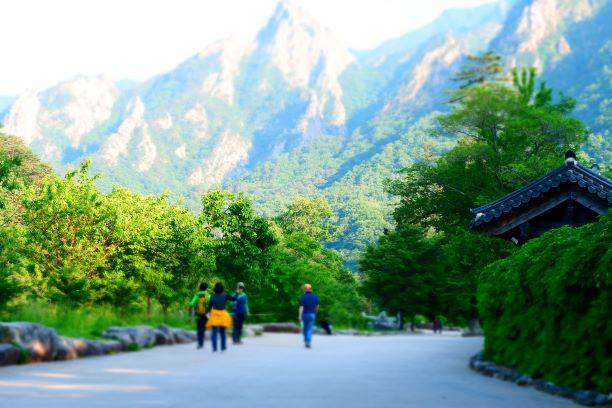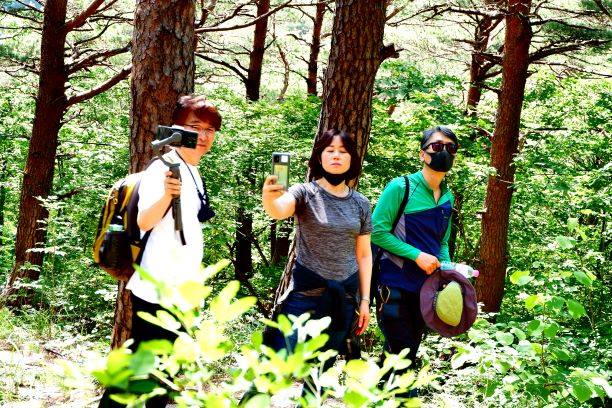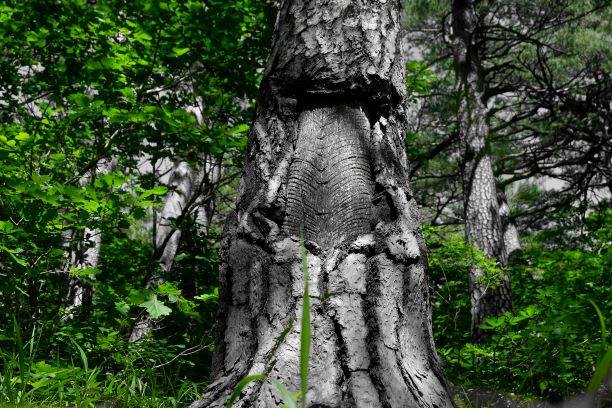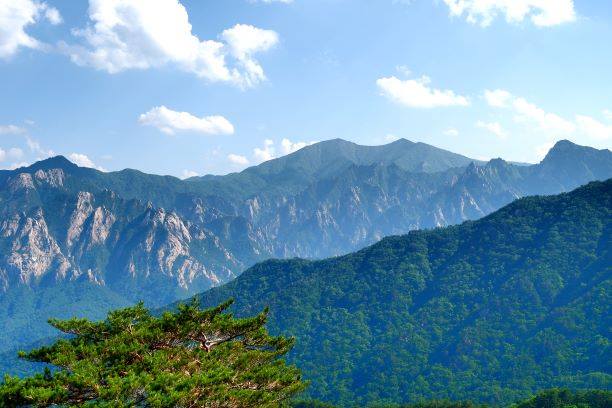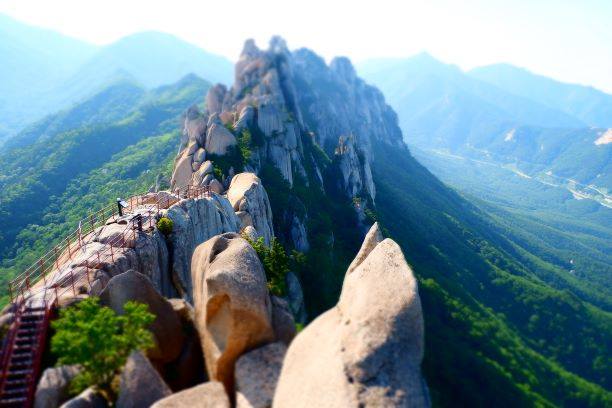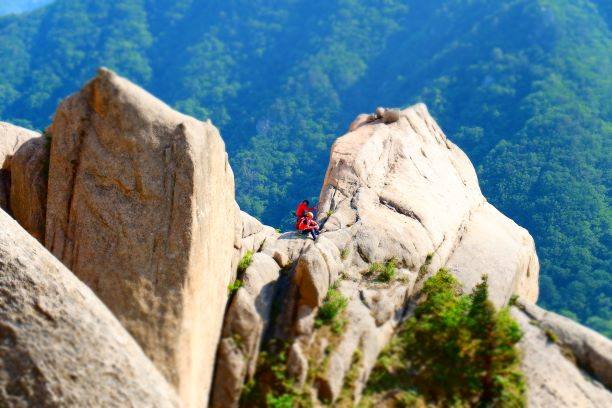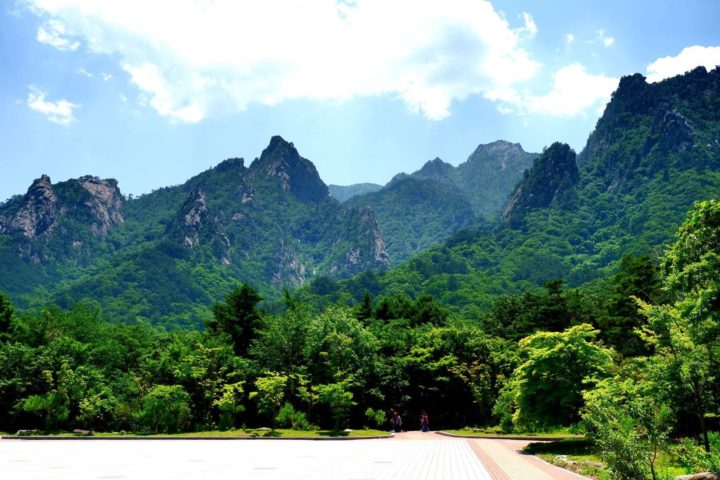PERSONAL ACCOUNT/PHOTO ESSAY
On the same day that the world was observing the United Nations World Environment Day across the globe, there was a small number of people who gathered in Seoul to discuss social matters. Gradually the topic developed into an environment-friendly trip the next morning to the most known natural attractions in the eastern coastal areas, the Seoraksan national park in South Korea. According to the UN Environment Programme this year on the day, Saturday 05 June 2021, the theme to be observed and highlighted is Ecosystem Restoration and will be the launch of the UN Decade on Ecosystem Restoration.
Our trip was facilitated by a Korean private business owner, CEO Mr. Park, the one who initiated the trip and invited a couple of YouTubers called DADLE HAPPY, Mr. Yeonyuk Jeong, a director for Initiatives of Change in Korea, as well as myself, a photographer. The Seoraksan National Park is located in the northeast of Korea, and the Seorak Mountain translates to Snowy Peaks. It is the highest in the Taebaek mountain range and the third highest mountain in the country, “sometimes considered the backbone of South Korea”. The Culture Trip writes on its website that the park is one of Korea’s most iconic parks, and was the first area to be designated as a national park by the Korean government, in 1970”. The website added that the park has been a UNESCO Biosphere Protection site since 1982.
After about three hours of driving from Seoul City, we arrived at the park and met our host CEO Park and his charming wife. Then, just after spending a quick stop for lunch together, we headed to one of the primary attractions of Seoraksan known as Ulsanbawi Rock, a famous rock formation made of six granite peaks, which is popular with visitors.
On the hiking trail to the main rock formation, we enjoyed various sceneries including cliffs, waterfalls, and lots of natural beauty. To my surprise, our host CEO Park asked us to spend a quite important time in the forest among the old aged pine trees where the historical link to Japanese colonization was visible in exploiting the natural resources. The pine trees are living legends to remind visitors that they were subject to injury to extract Rosin liquid for fuel. Somewhere along the way, there is a stand with a written explanation in Korean, English, Japanese and Chinese languages which says that Rosin is the liquid that a pine tree produces when injured. Rosin, which has been harvested thoughtlessly as a raw material for airplanes and fuel in modern times, can be referred to as the ‘tears of the pine’. I think that’s a reminder of what has been in the past.
The group hiking along the trail for about a few hours to reach the Ulsanbawi rock peak which is 873m above sea level was an interesting challenge under the strong sunny afternoon and so much excitement, enjoying the scenery of the natural bounty which extended as far as the east sea coastal areas. It was my second time hiking on the Seorak mountain range and the Seoraksan national park has a number of smaller mountains and hills, with about 30 peaks overall.
On the second day of the trip, our host took us to a nearby Hwajinpo Lake, the largest lagoon in Korea, where I found very quiet scenery and peaceful to stroll around for hours. It must be that natural attraction that has motivated former South and North Korean leaders, President Rhee Syngman and Kim ll-Seong to have had summer houses near the lake. There is also a museum of history with more than 40.000 artifacts from 1,500 species that we couldn’t get enough time to visit.
All in all, it was an inspiring way to observe World Environment Day, an experience that deepens the need to generate ecological awareness essential in safeguarding, preserving and caring for our planet’s ecosystem.
